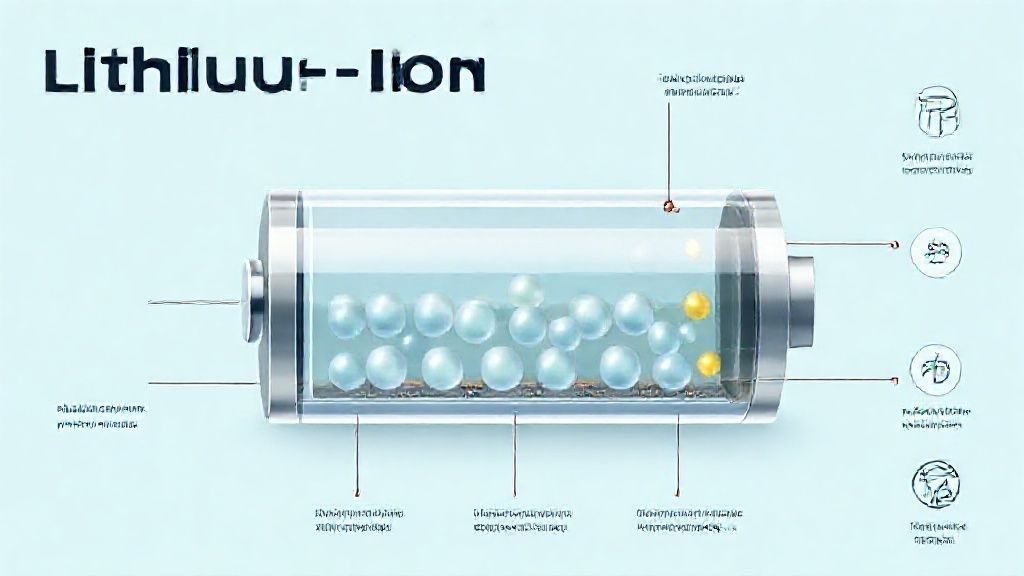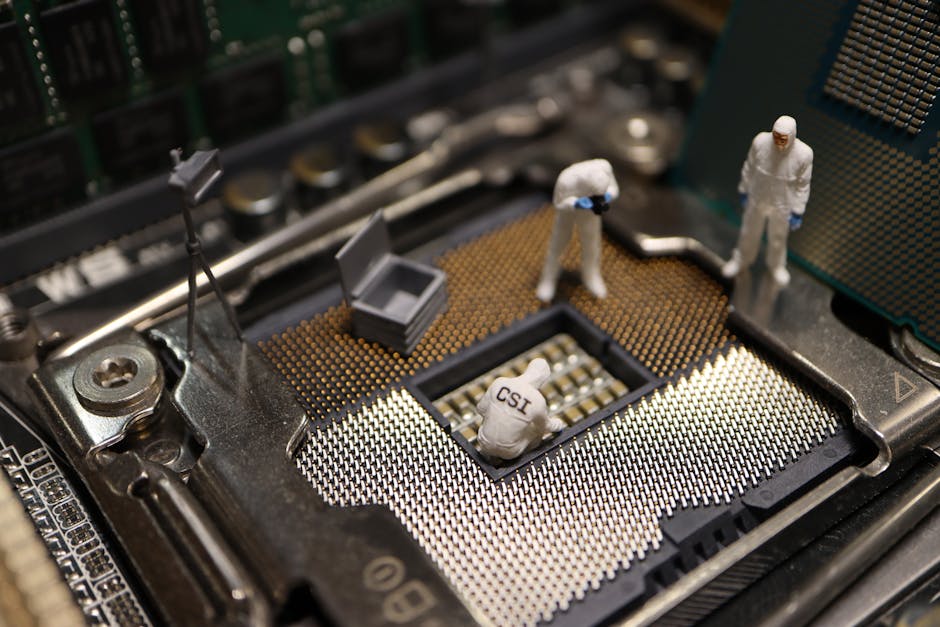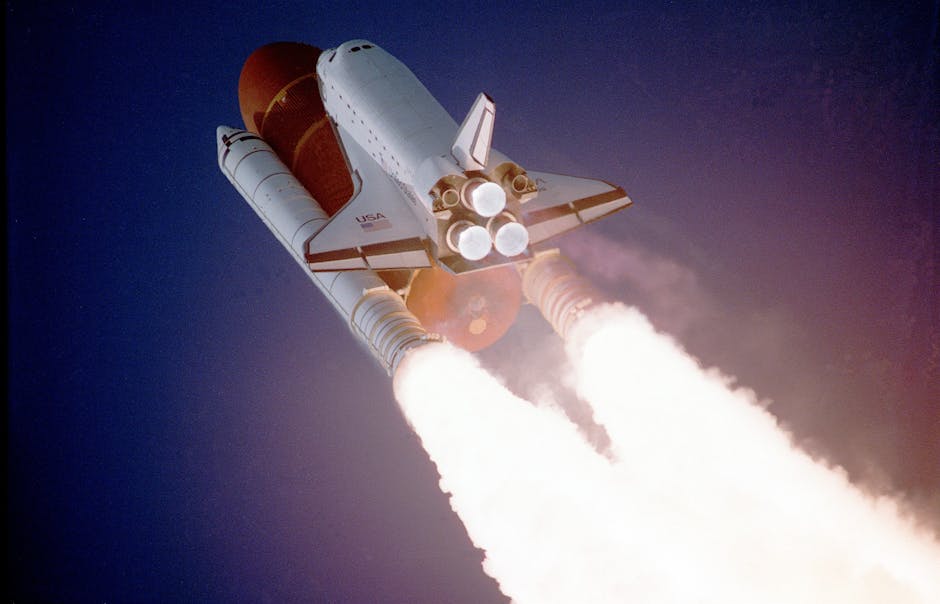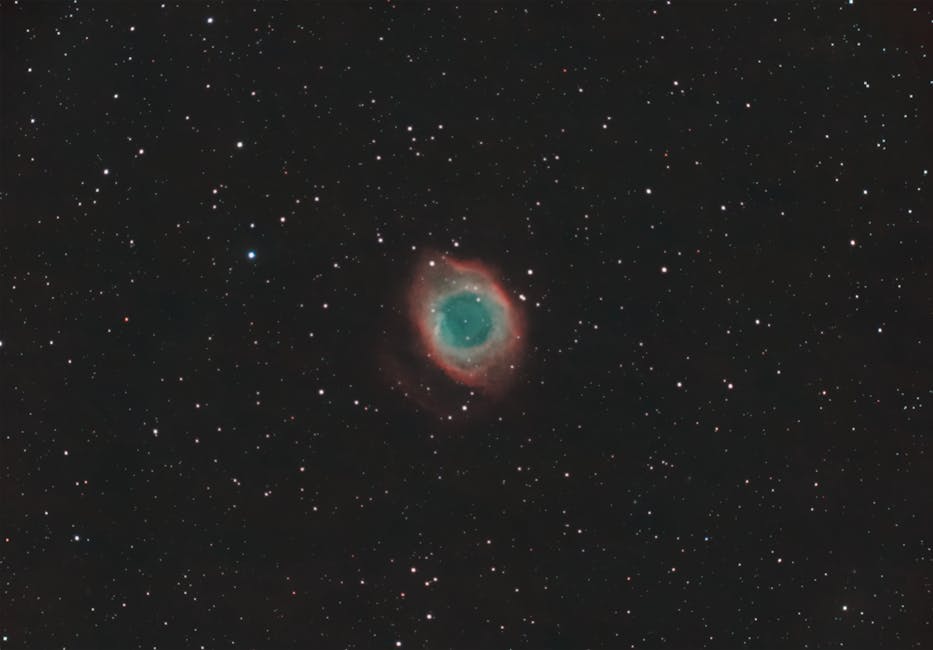[ez-toc]
On Tuesday, Russia made history by launching a record number of 55 satellites into orbit, including two privately built Iranian devices. This event, which took place at the Vostochny Cosmodrome in Russia’s Far East, marks a significant moment in the burgeoning space cooperation between Russia and Iran.
The launch, orchestrated by Russia’s space agency Roscosmos, saw the deployment of 51 Russian satellites, a Russian-Chinese device, a Russian-Zimbabwean satellite, and the two Iranian satellites, Koswar and Hodhod. These Iranian imaging and communications satellites, designed and built by Iran’s Omid Faza Company, are intended to bolster environmental monitoring and communication capabilities in remote areas.
We also Published
- Arm Positioning Affects Blood Pressure: Why Accurate Measurement Matters
Discover how arm positioning can significantly impact blood pressure readings, potentially leading to misdiagnosis and overestimation of hypertension. Learn about the gold standard method and its implications for healthcare providers and patients. - Questioning Common Medical Practices: More Harm Than Good?
Questioning Common Medical Practices: such as how common medical practices like thickening liquids for dementia patients and stopping blood pressure medications before surgery may not be as beneficial as previously thought. Explore the conflicting evidence surrounding spinal cord stimulators for chronic pain. - Barnard’s Star Exoplanets: A Cosmic Neighborhood Unveiled
Barnard’s Star, a red dwarf just 6 light-years away, harbors a planetary system, including a confirmed rocky planet and potential candidates for life. Discover the challenges and possibilities of exploring this cosmic neighbor.
A Sign of Deepening Ties
This event is not just a technological achievement but a testament to the deepening political, economic, and military ties between Russia and Iran. The collaboration comes amidst Russia’s ongoing offensive in Ukraine and the escalating conflicts in the Middle East, raising concerns in the West about the implications of this strengthened alliance.
The Significance of the Iranian Satellites
The two Iranian satellites, Koswar and Hodhod, represent a significant leap in Iran’s space program. Both satellites are equipped with advanced imaging and communication technologies, enabling them to monitor environmental changes, support disaster relief efforts, and improve communication infrastructure in remote regions.
A New Era in Space Cooperation
This launch signals a new era in space cooperation between Russia and Iran, where both countries are willing to share their technological expertise and resources for mutual benefit.
The Future of Space Exploration
The collaboration between Russia and Iran in space exploration is a testament to the global shift in the landscape of space technology. It highlights the importance of international cooperation in furthering our understanding of the universe and utilizing space for the betterment of humanity.
A Time of Change
The recent launch of 55 satellites by Russia, including two Iranian devices, marks a significant moment in space exploration. It represents a time of change, with new partnerships emerging and the potential for groundbreaking discoveries on the horizon.
“Space exploration is not just a journey of discovery, but a journey of unity. It is a testament to our shared humanity and our collective pursuit of knowledge.” – Dr. A.P.J. Abdul Kalam
The Technological Implications
The success of this launch underscores the impressive advancements in space technology, both in Russia and Iran. The Iranian satellites, designed and built by Omid Faza Company, exemplify the country’s growing prowess in the space sector.
The Geopolitical Context
The launch of the Iranian satellites is not just a technical feat; it is a significant geopolitical event. It signals the deepening cooperation between Russia and Iran, a collaboration that has drawn attention and concern from international observers.
Looking Ahead
As the space race intensifies, we can expect to see more collaborations between nations, fostering a global approach to space exploration. The launch of 55 satellites, including two Iranian devices, is a reminder that the future of space is bright, and the possibilities are endless.
A Table of Key Facts
| Feature | Description |
|---|---|
| Number of Satellites Launched | 55 |
| Launch Date | Tuesday |
| Launch Site | Vostochny Cosmodrome, Russia |
| Russian Satellites | 51 |
| International Satellites | 1 (Russian-Chinese), 1 (Russian-Zimbabwean), 2 (Iranian) |
| Iranian Satellites | Koswar and Hodhod |
| Purpose of Iranian Satellites | Environmental monitoring and communication in remote areas |
| Iranian Satellite Design & Build | Omid Faza Company |
A Glimpse into the Future
This momentous launch serves as a beacon, illuminating the future of space exploration. It is a reminder that global collaboration, technological advancements, and a thirst for knowledge are the driving forces behind our collective journey into the cosmos.
RESOURCES
- Iran launches ‘domestically developed’ imaging satellite …
- Russia to launch two Iranian satellites on Nov. 5, Tehran’s …
- Russian rocket launches Iranian satellites into orbit as …
- Iranian satellite launched by Russia could be used for …
- Russia to launch two Iranian satellites Tuesday, Tehran’s …
- Iran sends satellites to Russia for rocket launch, Tasnim reports
- Russia To Launch Private Iranian Satellites Into Orbit
- Iran sends satellites to Russia for rocket launch, Tasnim …
- Russian rocket launches Iranian satellites into orbit as …
- Russian rocket launches Iranian satellites into orbit as …
- Russia launches Iranian satellites into orbit








0 Comments